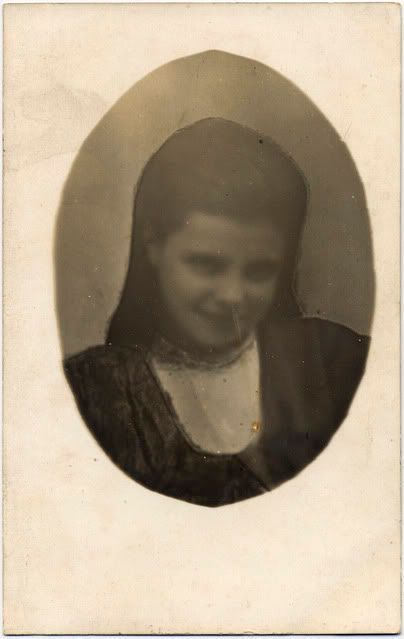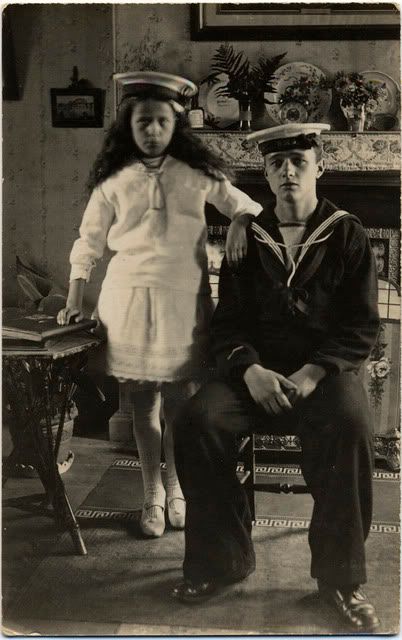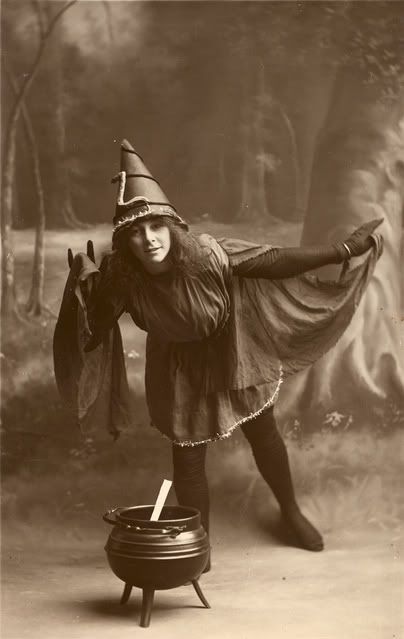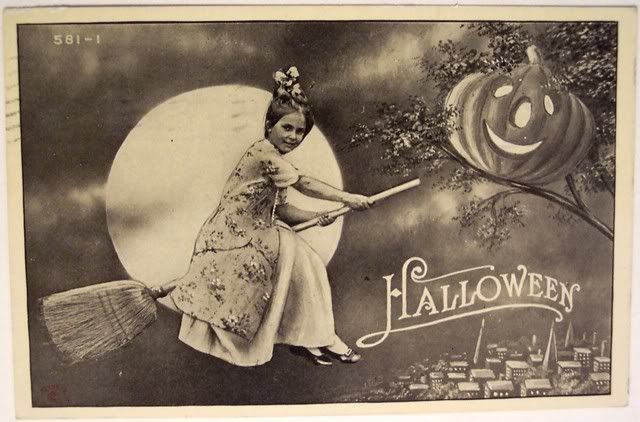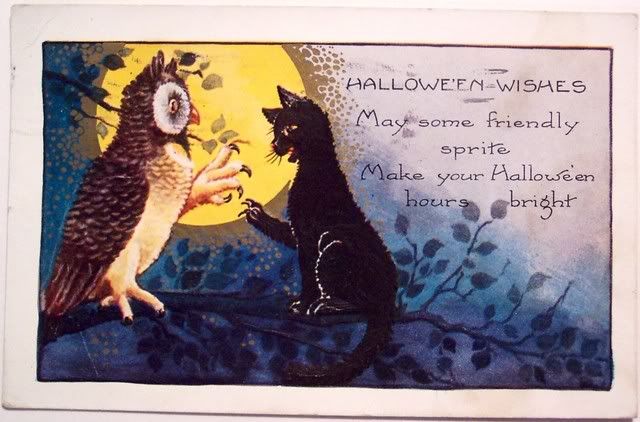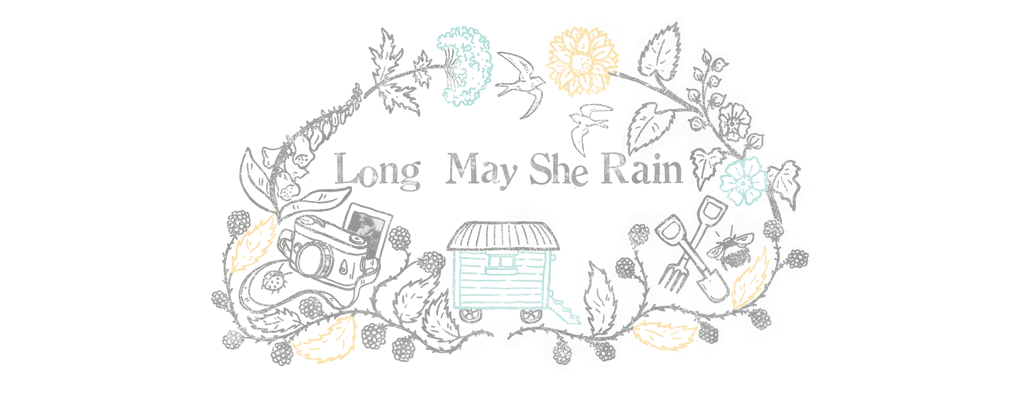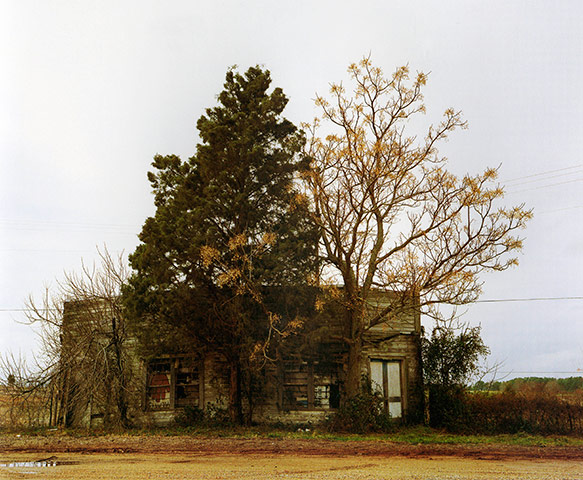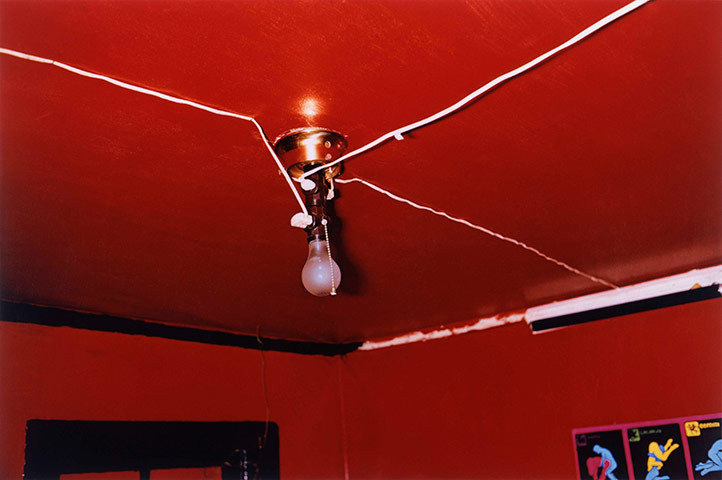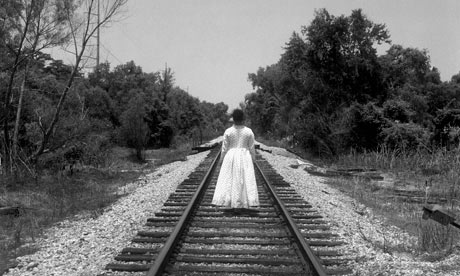Finally I've managed to bring myself to blog about BPB!
Well, it began, and it ended, with rain. Torrential rain. Luckily, the excitement of all the shows kept our spirits up!
So Friday morning
Myself,
Andrew Bruce,
Thom Bridge and
Helen Goodin attended the opening talk of BPB. The first half was a conversation with Helen Cadwallader (Executive Director of BPB) and Martin Parr. One of the first points i noted was how Martin said he wanted everything in the show to be "
new", but he needed to get "the names" (ie. more famous photographers involved) rather than just the "
new kids on the block". Now, i found it hilarious that he regarded Alec Soth, Rinko Kawauchi and Stephen Gill to be these "
new kids"! I thought we were the "
new kids on the block"? Oh well...
In classic '
Parr' fashion, he then proclaimed how "
photography is so predictable", and how certain rules regarding contemporary photography have sprung up, and yet, how there is constantly a habit of looking nostalgicaly at the past too. He seemed scornful of how the history of photography has been written "
by academics sat behind a desk" and is pleased that "
photobooks are creating a new history".
He then made the controversial statement that Photographers can be better at spotting '
good' work than professional curators! This caused a bit of an uproar, as i'm sure there were several successful curators sat right in front of him! However, i can understand what he meant by this, and i didn't think he needed to retract this statement to keep people happy! After all, Martin Parr was bound to say photographers are better at it, considering he IS the curator of BPB, it was just some good self promotion!
Now, the most talked about issue of the Biennial, was the choice to use digital printing, and absolutely NO framing for any of the featured shows. Now, stupidly, i was unaware of this curatorial decision until this talk, so it took me by surprise (to say the least!) I understand that times for the arts right now are VERY tough, but goodness, if the biggest photo festival in the UK is under pressure, heaven help the rest of us! When witnessing the presentation at the shows, it really was hit and miss (more about that later!) Another reasoning behind this choice was the the work remaining frame-free shows something '
vibrant and exciting', plus at the end, if the artist's don't want them back, they can just be ripped up (when he said this, a tear came to my eye!)
His next question referred to the "
Queer Brighton" exhibition, and the process he took in choosing the two photographers for this project. Now, this was the only show at BPB that i found underwhelming and lack-lustre. I won't get into too much of a rant, but I just found the method of choosing the photographers crass and unnecessary, basically it's a question of "
do you need to be a gay photographer to photograph the LGBT community?" They would seem to say yes, I, however would disagree. Surely, a photographer who can build a strong bond with a community, and portray an insightful and interesting approach is the only necessity? Why should this project brief be so excluding, particularly when relating to a place as open as Brighton? But as I say, I will cut the rant off here...
RIGHT, on with the artist talks!
First up was Stephen Gill, a photographer i have followed and admired for a long long time (and i was lucky enough to receive his
"Hackey Rag" publication as an anniversary present last month, hooray!)
Stephen seems like the nicest guy you could ever bump into! His project "
Outside In" represents his keenness to explore a place he had never experienced before, as i mention, Stephens work mainly revolves around Hackney! However, he relished the chance to "
take a step back and let the spirit of the town guide him"...sounds nice to me! He walked around Brighton collecting things of interest, from crabs to flowers to jewellery to feathers. He then placed these objects into his camera, so his images literately absorbed the location, and kept this sense of exploration and discovery. He describes this process as "
Half Steering" the images, as it released him of the usual control, he compared this feeling to "
wringing out a towel", or "
hoovering up" this environment. He even went as far as dunking the camera in the sea! (Note: he admits he went through several camera's with this approach! So proceed with caution!)
My favourite example of this process was when he described "
catching a fish, eating the fish and then putting the bones in the camera!"
The end result is quite fascinating! The pictures now '
lack' information, but in a way that they've chosen to turn information down...this allows other ideas and readings to creep into mind, and become apparent.
He is playing on the fact that we see our cameras as such precious things, and how we let them be in charge most of the time, this project certainly turns that notion around! More about his exhibition presentation in the next post!

Next to speak was Rinko Kawauchi, one of my favourite photographers who i was lucky enough to meet at the talk, as our good friend
Shiho Kito is her assistant and kindly introduced us! It made my weekend.
Her project "
Murmuration" documents the flocks of starlings flying over Brighton, and comparing to this, the flocks of people on the streets during the springtime. Rinko said after initially seeing the birds, she went and researched the movement and behaviour of Starlings, "
It's said that they fly in such groups to protect themselves and to hunt food. But of course, to know for sure, we'd have to ask the birds themselves!"When photographing the people, she took a "
god like" view point, and shot the images from the top deck of a bus. This enabled her existence to almost disappear, she became invisible.
Her underlying intention of this work is the question "
Why do we live on this earth?" and "
why do we behave in this manner?". Surely, this is the very notion of Photography, exploring our environment and what it means...we communicate through our photographs, which is excellent as there is no language barrier!
She used digital for the first time on this project, and despite it being "
better than she expected", she confided in Thom later that evening that she would present the work differently if exhibiting it again. There were two images that really jumped out at me, the first is the largest print of the massive flock of birds flying over the sea in a fish-like shape, become like a liquid shape shifting phenomena, and the second was an image only in the book, of a single ghostly white seagull against black clouds and raindrops .

Alec Soth was the last to speak about his project, which as i'm sure we all know, became a collaboration between him and his daughter after he was denied a work visa. Now, i actually didn't have high expectation for this work, as (due to my irrational fear of children) found the father-daughter project proposal too twee and "cutesy". HOWEVER, i was proved very wrong, as this project is bloody brilliant!
The first slide he showed was a headline of the local Brighton Newspaper The Argus "
Mysterious girls in punch-up at Peter Andre Show"...I'm so sorry that this was one of the first things to welcome them to Brighton!!
Alec's a great speaker, very laid back, very honest, and very modest too! The first point he wanted to make is that we must all realise that "
accidents are good!"This whole project was one big accident. However, they overcame the obstacles and created a really wonderful body of work, that depicts Brighton perfectly! I am a very big believer in "
Wanderlust", and this project is a perfect example of how effective just walking and exploring can be. It's a collaboration, She took all the images herself (Alec sometimes tried to make suggestions, but they never looked as good as her own decisions!) and he edited the photographs for her.
After a few days, he decided to make a list for their "
walk-by's" so she wouldn't get bored, they looked for thing such as "
Bunnys, Bread, Red Hair, Flowers, Garbage" basicaly, all the BEST things in life, and made it into a game.
It's an unpretentious, joyous body of work! In one of the images, Alec is lurking in the top corner of the photograph...is the photo of him? Or was she trying to hide him? Who knows. But a handwritten "
Daddy" and an arrow points him out on the print anyway!
Utterly hilarious. Alec Soth the photographer who brought us the stunning, innovative "
Dog Days.." and "
Sleeping by the Mississippi", the renowned Magnum Photographer, just becomes "
daddy ->". It's Genius.
"
Daddy" is the key. It makes it accessible to all! The barrier is broken down, and he is obviously so proud of his daughter. It must have been a wonderful for both of them, a unique bonding experience. I think it's great he was encouraging us to not patronise or "
dumb down" photography and art to children, and how he wanted to encourage children to come and critique the exhibition!
Just when i thought i couldn't like this man more, he suddenly shared with us the photo-project he collaborated with his son AND daughter whilst on the trip "
The Brighton Bunny Boy", a mix of photographs, drawings and story telling that had me and Thom crying with laughter and bemusement!! With lines such as "
But aren't you freaked out??" "No, you're a sweet Bunny Boy", you get the picture! This side project allowed him to indulge in his interest in storytelling, whether you need images AND text or just image.
Throughout the talk, Soth quoted Eggleston "
If you can photograph everything, how can a photograph have meaning?" which becomes very interesting when put into context with this project, as these images are non self-consciousness from a non-photographer, a child.
Does this give them MORE meaning?
This all relates to children's characters, their interest in the world and their unique viewpoint.
As adults, do we relate to this for it's nostalgic qualities rather than it being a "
different" approach to our own?
After all, Children seem enthusiastic about everything! They can find magic.
Photographers share this quality, they are naturally curious, therefore, it's a natural approach to use.

That's the longest post ever. I apologise and hope some of that was a good read!! Next post about he shows coming right up!
Thanks!
